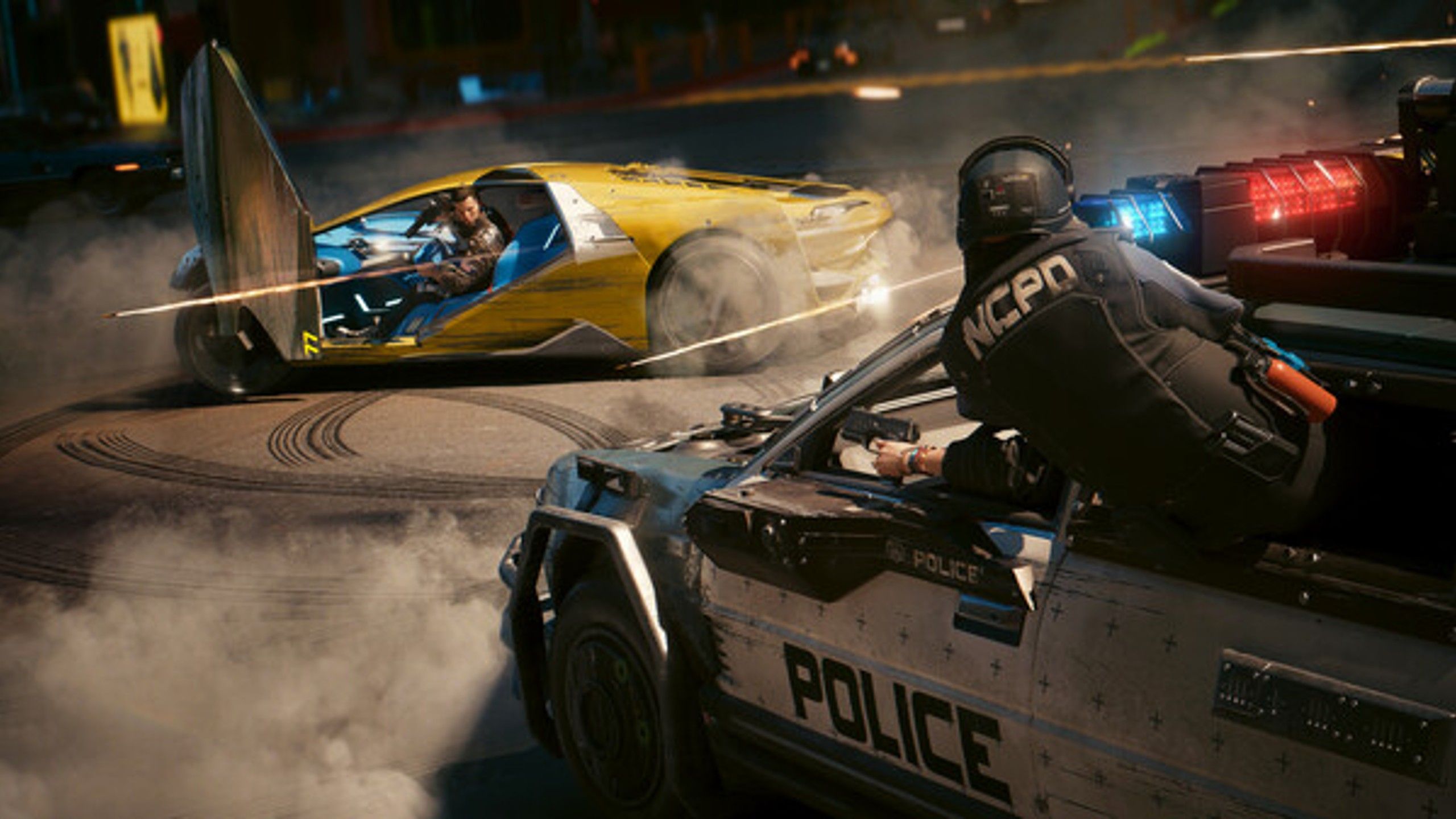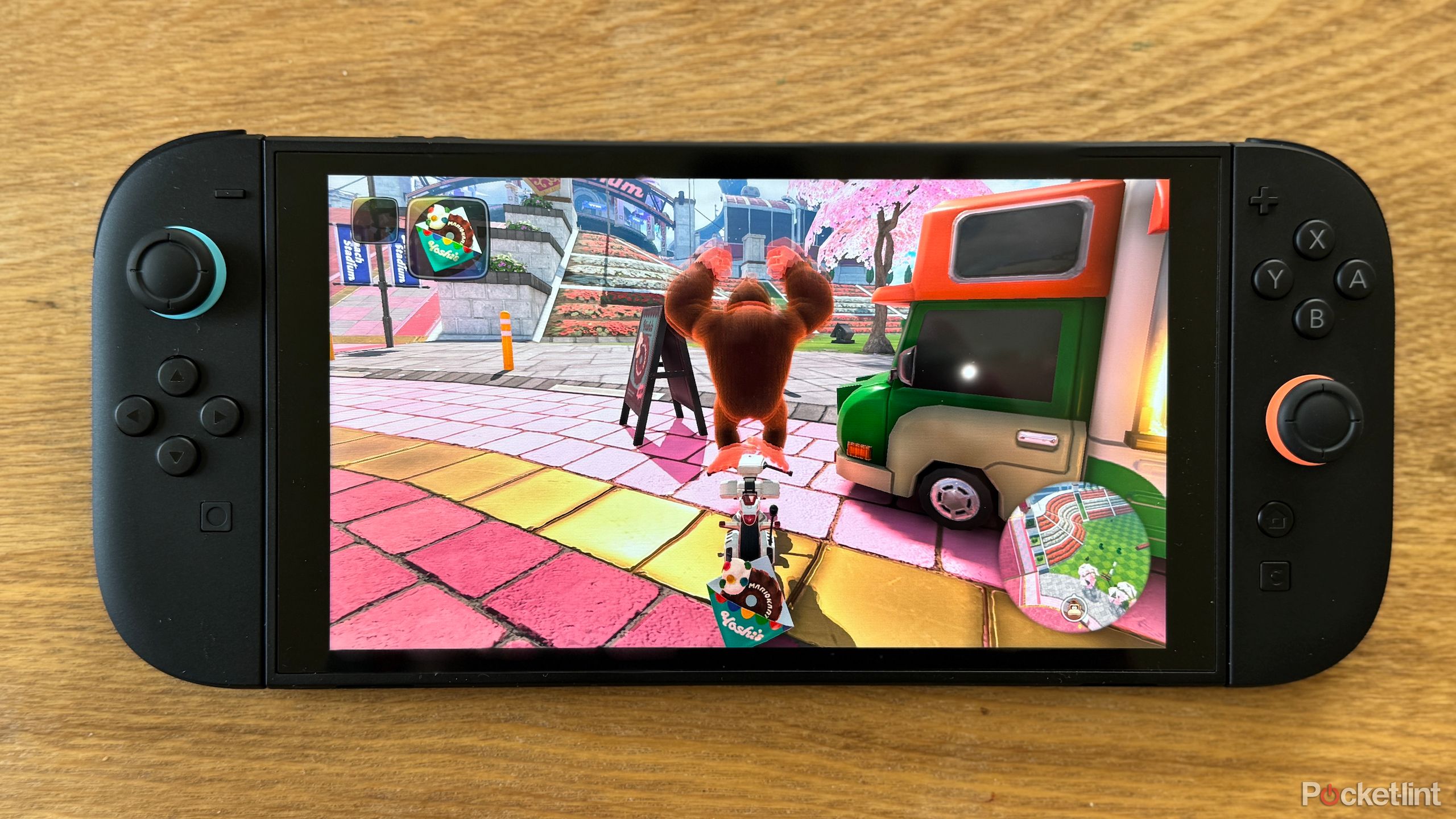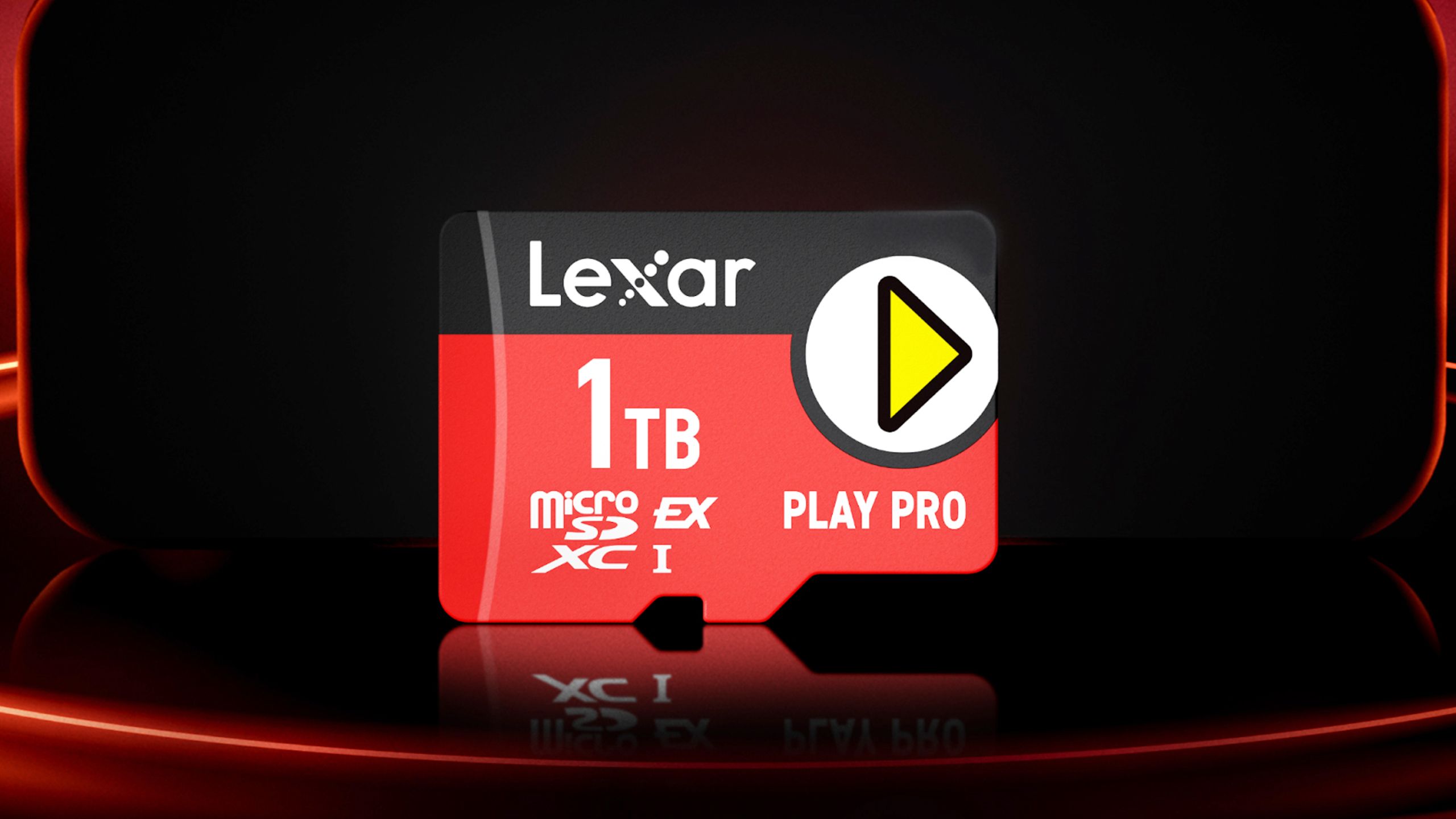Summary
- The Switch 2 ships with 256GB of internal storage, which may be enough for some people, but probably not in the long haul.
- Buying a 256GB microSD Express card is fine. There are circumstances that could warrant upgrading to 512GB or 1TB.
- When you’re shopping, look for the “EX” label on a card — regular microSDXC cards might be cheaper, but they won’t work with a Switch 2.
If you’re buying an Xbox or a PlayStation, storage usually isn’t much of a question. Sure, it’s possible to run out of storage on those platforms, but even the cheapest Xbox ships with at least 512GB these days, and you can upgrade to models with 1 or 2TB if you expect to hit the ground running with huge, drive-devouring games like Call of Duty. It’s only the hardcore that need to expand storage — especially given how much expansions can cost.
Things are different with the Nintendo Switch 2. While it ships with eight times the internal storage of the original Switch, that’s still just 256GB. Many gamers will need to buy a microSD Express card to avoid deleting things they’re not playing right this second. How much storage should you be looking at getting, without running into overkill territory?
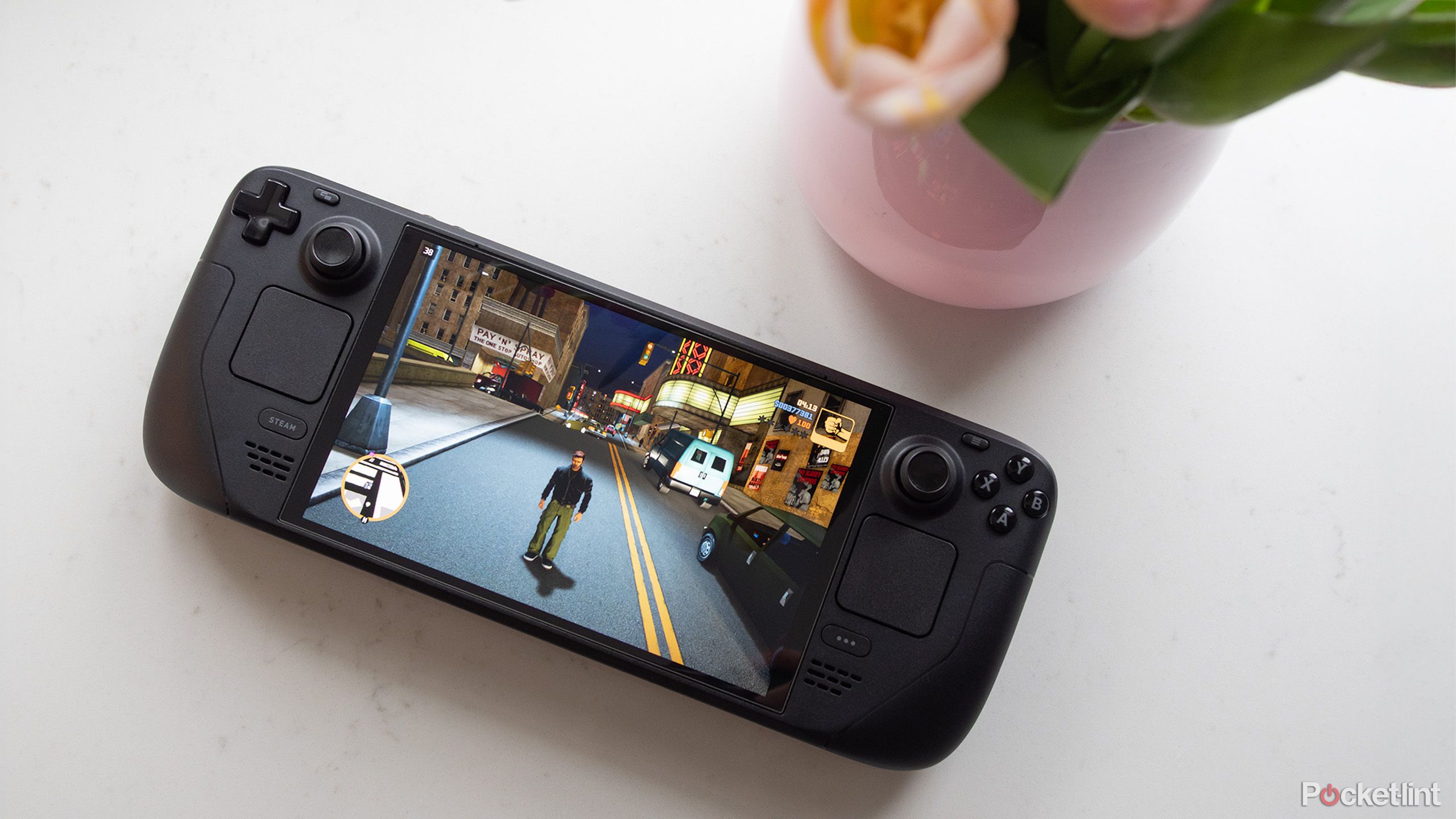
Related
Your Switch 2 can’t do this but my Steam Deck can
You might want to think twice about getting a Switch over a handheld PC.
Why the Switch 2’s internal storage probably isn’t enough
In the long term, that is
CD Projekt RED
If you only ever stick to an existing gaming library, or the console’s launch selections, 256GB may be fine. Mario Kart World, for example, weighs in at about 23.4GB, which is just a 10th of that capacity. You could install that, Tears of the Kingdom, and maybe even a few other titles and have room to spare.
Realistically however, you won’t begin with 256GB of usable space. Some of that is reserved for the Switch operating system, on top of which you have to save user data. If you’re coming from a Switch 1, you’ll probably be transferring both games and media. By the time your Switch 2 is ready to go, you could have little to no internal storage left if you’re not prepared to ditch old content.
By the time your Switch 2 is ready to go, you could have little to no internal storage left if you’re not prepared to ditch old content.
The situation is only bound to get worse. Since the Switch 2 is far more powerful than its predecessor, it can handle games with art assets that consume a massive footprint. The Switch 2 version of Cyberpunk 2077 is 64GB — which does include the Phantom Liberty expansion, but could get even bigger with future updates. Expect other triple-A games to approach or exceed Cyberpunk’s size as studios try to one-up each other in ambition.
You might think sticking to dedicated game cards would be a solution, but many developers are shying away from physical media, and some cards are what’s known as “Game-Key” units. These simply trigger a store download, albeit with the flexibility of playing offline and reselling a game later. You’re still filling up internal storage (or a microSD card) when you use one.
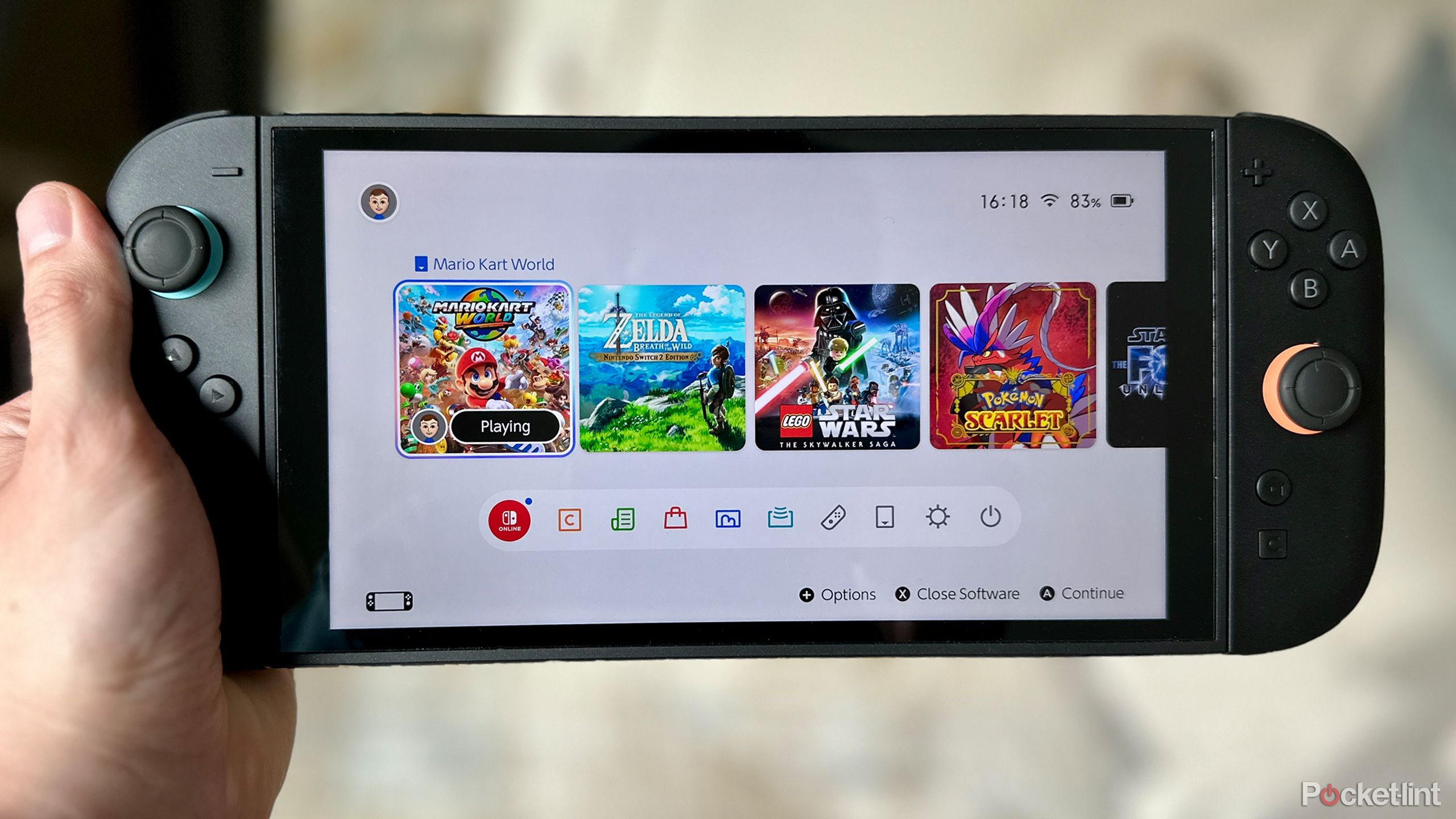
Related
6 settings I recommend changing on your Switch 2 to unlock its full potential
Adjusting these settings on your Switch 2 can easily improve your overall experience with Nintendo’s latest console.
A very subjective question
As I said, there’s a group of people who’ll be okay with 256GB. These are gamers starting with a relatively fresh slate, and/or only interested in cycling between a handful of games at any one time. I could see some younger gamers alternating between nothing but Fortnite and Mario Kart World, with no interest in picking up something like Metroid Prime 4 or Donkey Kong Bananza, no matter how good those turn out to be. Similar situations happen on other platforms — the only games I’m playing on my Steam Deck at the moment are Balatro and Pools, though I have played others.
I’d recommend most people buy a 256GB microSD Express card. That should offer enough room for years to come, at least if you’re not filling up your Switch 2 with video, and you’re willing to prune games you’re no longer playing. More importantly, it’s not that expensive — as I write this, you can get a card for $55 on Amazon. You might save even more money by going with 128GB, but think twice about it. That’s only enough for two Cyberpunk-sized games, and there’s no telling when the first 100GB Switch 2 title will arrive.
If you’re worried about futureproofing, and want to avoid deleting files for as long as possible, you might consider upgrading to a 512GB or 1TB card. 1TB is probably excessive, given that the Switch 2 isn’t as graphically capable as a PlayStation 5, but at least you’ll never need to think twice about downloading something from the Nintendo eShop. Unless you’re a games journalist, perhaps, or otherwise playing every popular release you can get your hands on.
No one needs a 2TB card, to put it bluntly. That’s the maximum capacity of the microSD Express format, so you’ll be paying a fortune for one without much tangible benefit. I’m not approaching that much usage on my gaming PC — never mind a console that’s closer in performance to a PlayStation 4 Pro (yes, I did mean to write 4).
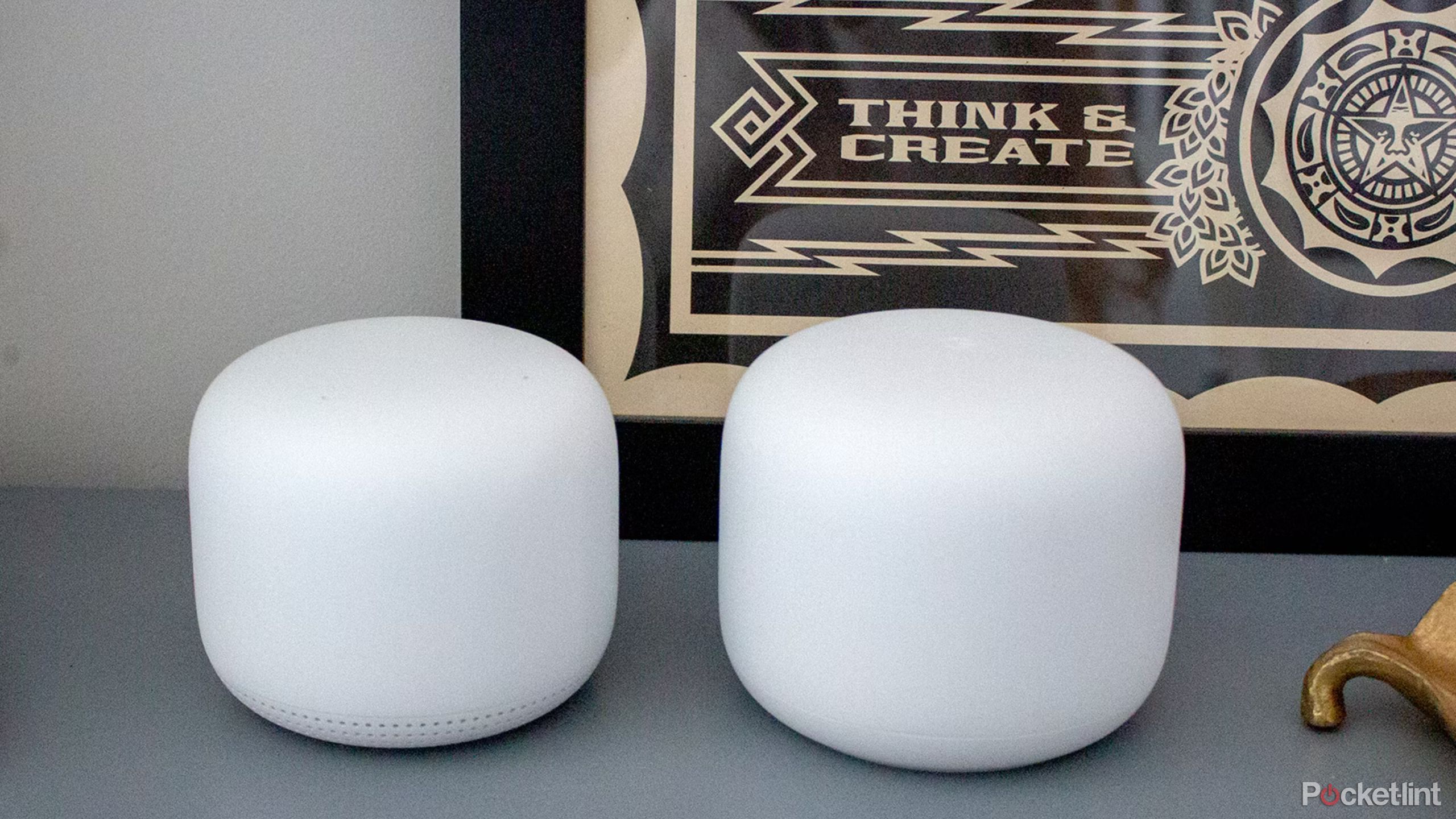
Related
4 ways a cheap router can actually cost you in the long run
Cheap Wi-Fi isn’t worth it if it wreaks havoc on your home network.
What’s the deal with microSD Express, anyway?
Don’t make a shopping mistake
Lexar
Practically speaking, microSD Express is the only card format the Switch 2 supports. Standard microSDXC cards may read, but only for videos and screenshots — you can’t install Switch 2 games on them.
That’s because of the Switch 2’s performance jump. If you could put games on them, regular microSDXC cards would create a choke point, limiting how quickly textures, models, audio, and other elements could load. Indeed, the Express format is claimed to be about 4.4 times faster than what came before.
No, you don’t need to buy the official Nintendo microSD Express card.
Be very careful when you’re shopping, then. Even if you search for “microSD Express” on sites like Amazon, you’re liable to run into listings for standard SDXC cards, which look an awful lot like their Express counterparts. The easiest way to be sure of what you’re getting is to check product photos — Express cards have a conspicuous “EX” on them. They also tend to be more expensive, so if a deal seems too good to be true, it might be.
In case the idea has popped up, no, you don’t need to buy the official Nintendo microSD Express card. That’s just a Samsung product branded with Mario’s “M” logo. It might look cute, but you’re paying a premium, and you’ll probably never see that logo again after you pop the card into your Switch. Save your money for games and accessories.
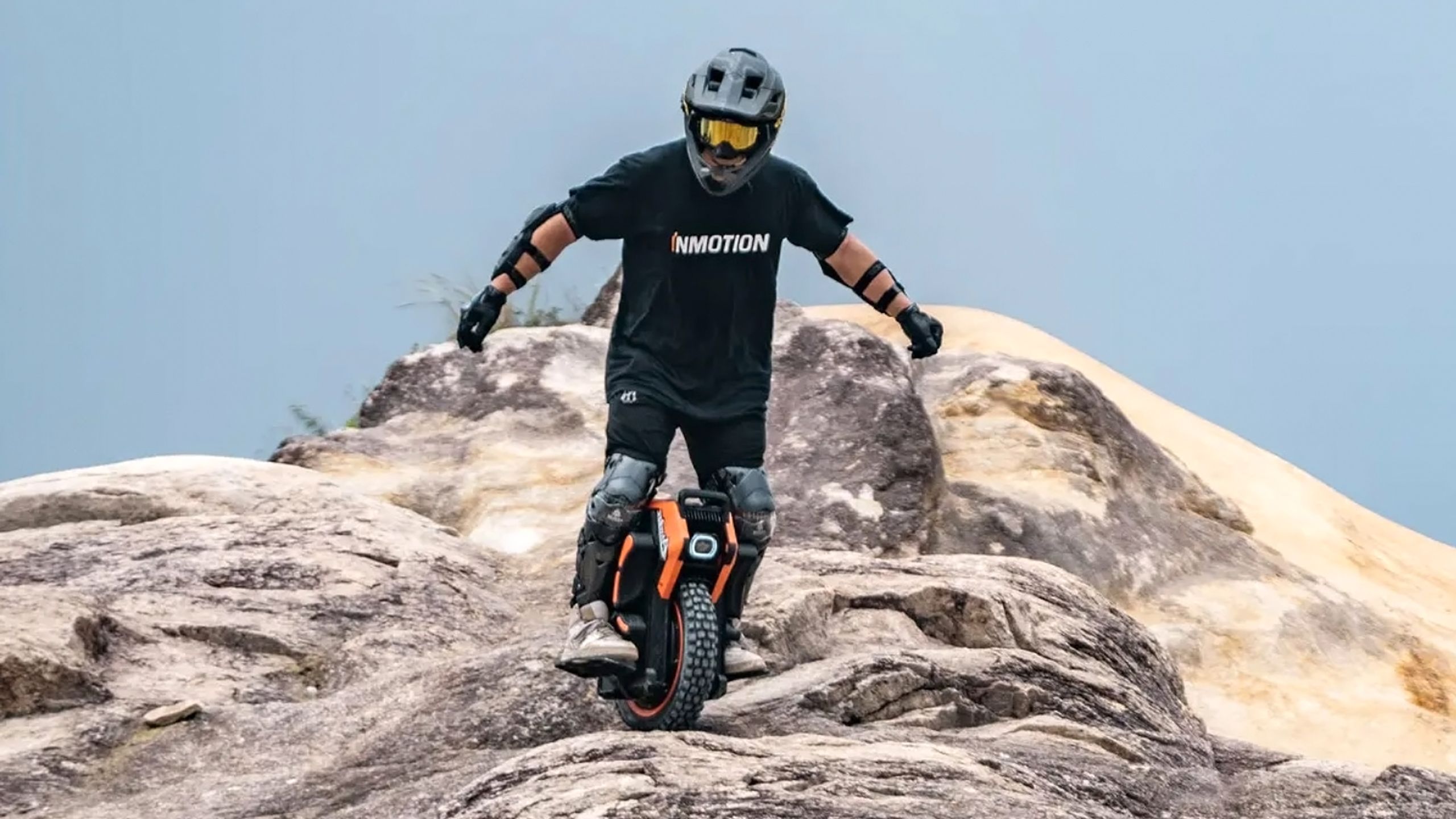
You might also like
Everything you need to know about PEVs, or personal electric vehicles
You can use PEVs like e-bikes and scooters to explore, run errands, or speed up your commute.





